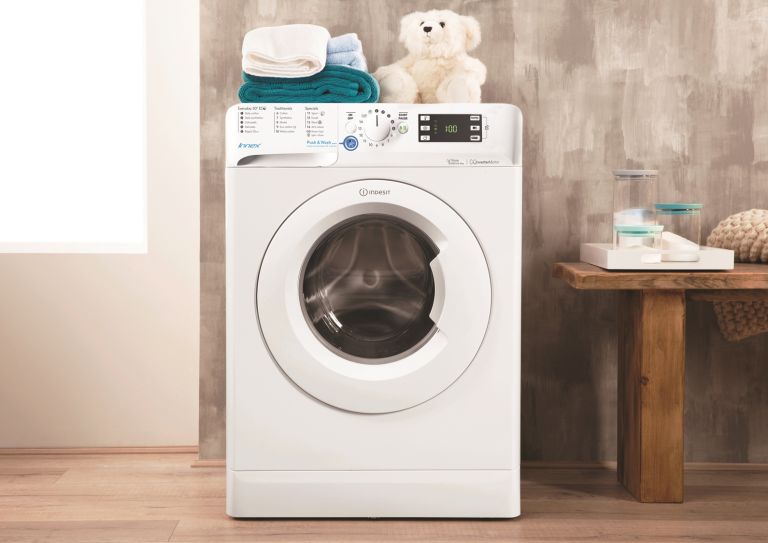
As wonderful as a washing machine is when it comes to saving time and effort, it can also be a troublesome member of the household. Washing machines are responsible for more than $150 million of damage in homes across the U.S. every year.
Imagine a river flowing from your laundry room with hundreds of gallons of water per hour, pouring over thresholds and flooring, soaking your furniture and prized collectibles. It happens. Washing machine hoses score number one in the line up of the most neglected maintenance items in a home.
Last year, State Farm alone paid more than 7,500 water damage claims from broken washing machine hoses. These claims ranged from a few hundred dollars to more than $100,000. There are steps you can and should take routinely to make sure this does not happen to you.
If you have a washing machine, you need to check the water inlet hoses at least once a year. Not checking them is like not checking the oil in your car. Nothing seems to be amiss until your life flashes in front of you as you see your sofa floating down the front walkway.
OK, back to the hoses. There are two of them and they connect the machine to the cold and hot water faucets. You cannot tell by simply looking at these hoses if they need to be replaced. Age, chemicals in the water and buildup of calcium deposits over time can degrade rubber. And to complicate matters further, even a new hose could be old, having lived a good deal of its life in a warehouse. You can’t tell by simply looking.
However, if you do see a small blister in the rubber of the hose, assume that is a disaster just waiting to happen. If the rubber feels brittle or shows any signs of cracking, replace it immediately. If you cannot remember replacing your water inlet hoses, put that on your list for next weekend; then do it again in three years. Most manufacturers and all insurance companies recommend replacing the hoses every three to five years. You cannot be too cautious.
There are two types of hoses available: Rubber hoses for about $5 each or braided, stainless steel hoses for about $15 each. While stainless steel hoses with twisted flexible mesh of stainless steel wire appear to have the edge when it comes to performance, they are not foolproof. The connectors can break loose and the rubber interior of the metal hose can deteriorate.
Installing new hoses is not at all difficult. It’s like attaching a garden hose. But beware: Installation error is the biggest cause for premature hose failure. Sharp kinks or bends in the hose can weaken the hose itself or the seal at the connecter.
To prevent this, you need to allow 3 to 4-inches between the back of the washing machine and the wall. If you have a tight installation, such as an old shallow laundry closet, there are hoses available that have right-angle connectors, allowing the machine to be placed closer to the wall. You may have to special order this unusual item.
This article was contributed by Mary Hunt.
 Related Articles & Free Subscription
Related Articles & Free Subscription
Expand Your Edible Garden Indoors






Comment here